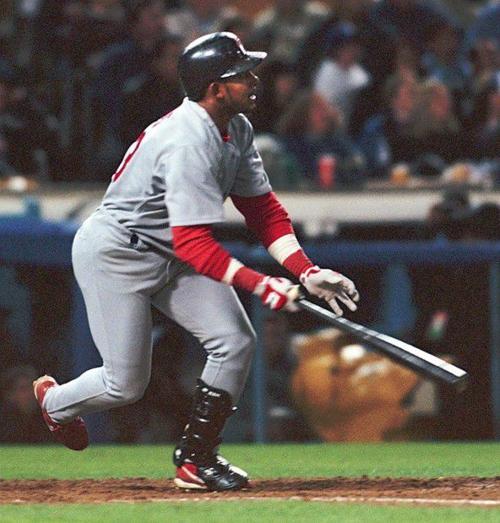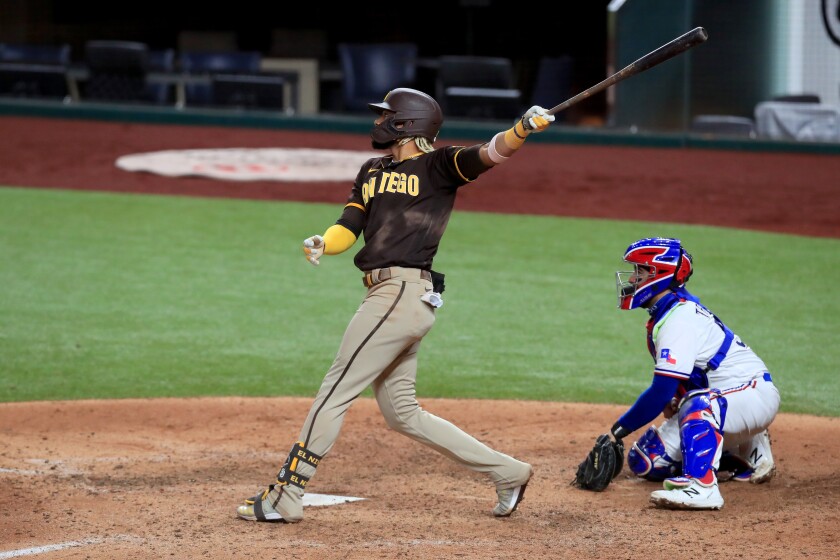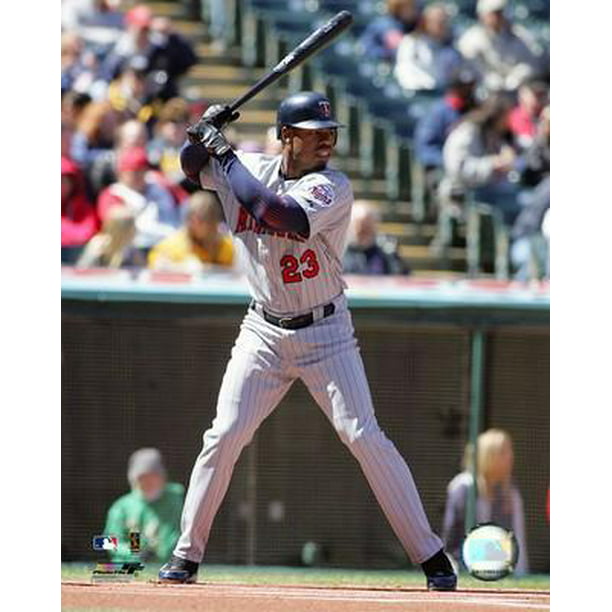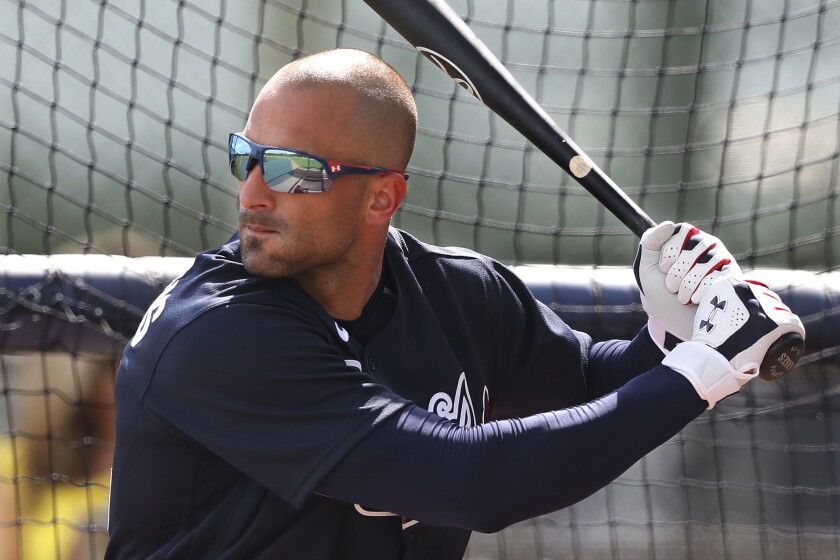As I mentioned yesterday, the way MLB chose to set up its schedule for 2020 effectively means that there really was no true National League and American League. Normally it makes sense to have the Yankees competing for a playoff spot with the White Sox and the A's and other Junior Circuit teams because they are all in the same league, and face much of the same competition.
But with the 2020 rules, teams from the East, Central an West divisions in each league only faced each other and the corresponding division in the other league. The Giants are sitting home this October and watching the Astros - who had the same record against the same competition - advance a step closer to the World Series. The Twins had the best record among all the Central teams, and yet found themselves as a #3 seed, playing #6 seed Houston, which had a losing record. It would be like allowing the 103-win 1954 Yankees to face the 111-win Indians in the World Series because the New York Giants only won 97 games, against a completely separate slate of teams.
Anyway, the players, too, should be rewarded for leading their competition in whatever statistical categories they did. Mike Trout, for example, should now have his first home run title to go along with all the other amazing things he's done in his career, since his 17 homers led all players in the West this year. But alas, Luke Voit hit 22 (against all different teams and pitchers) so it's not to be.
Anyway, we covered most of that yesterday.
But what about the pitchers?
You surely already knew about how amazing Shane Beiber was this year, leading the "AL" in all three triple crown categories, Wins, ERA and K's. As it happens, he led the Central "League" in all three of those as well as both Fangraphs' Wins Above Replacement (fWAR) and and Baseball Reference WAR (bWAR).Yu Darvish led both the actual NL and the true Central with the same 8 Wins. Gerrit Cole led the East with 7 Wins, and Marco Gonzales of the Mariners and Zach Davies of the Brewers also both had 7 Win for the year, which led all comers in the West.
You may have known that Jacob DeGrom had another Cy Young-worthy year, and he indeed led the East in both ERA and strikeouts (but not Wins, because he still pitches for the Mets.) You may not realize, however, that the leader for the West is not Clayton Kershaw or some big name, perennial superstar, but a relative unknown. Dinelson Lamet, the Padres' pitcher who compiled a 10-13 record and a 4.37 ERA in parts of the 2017 and 2019 seasons - straddling a year-plus missed due to Tommy John surgery - led the West in ERA and strikeouts, though he went just 3-1. Heck, even DeGrom won four!
The Saves leaders were remarkable in that none of them ever led their leagues in Saves before. Kintzler had been a closer in the past, but had struggled since 2017 while bouncing from the Twins to the Nationals to the Cubs to now the Marlins. Brad Hand was the closer for the team that won the AL Central, and has been a pretty good closer for a number of years. Liam Hendricks anchored the A's bullpen as they were the only team in the AL West with a winning record.
And when you get to b/fWAR, again you see some familiar names: DeGrom, Lamet, Bieber, of course. But also Zac Gallen, who went just 3-2, but fanned 82 batters in 72 innings with a 2.75 ERA while pitching half his games in the thin, hot air of Arizona. Antonio Sentzatela ties Gallen for the lead in the West with 2.8 bWAR, which you might not guess from his decent-but-not-extravagant 5-3 record, 3.44 ERA and only 41 strikeouts in 73 innings.
Hyun Jin Ryu (5-2, 2.69) wasn't just the best starter on the Blue Jays staff, he was practically the only good starter for them until they traded for Taijuan Walker. And also he led all pitchers in the East in bWAR.
The Real Awards Winners:
If the annual awards were given based on the players' actual competition instead of their traditional leagues, these are who I think might deserve them:
Cy Youngs:
DeGrom led the East in ERA, K's and fWAR. Beiber led the Central in the same, plus Wins AND bWAR, and will likely win the actual AL Cy Young Award. Dinelson Lamet led the West in ERA and K's, as we discussed, plus fWAR.
MVPs:
Freddie Freeman led the East in Runs scored, bWAR and fWAR. Bieber deserves all the accolades in the Central, though you couldn't go wrong giving the trophy to one of the Joses, Abreu or Ramirez. In the west, Mookie Betts was head and shoulders above the rest.
Rookie Pitchers:
In the East, the Braves' Ian Anderson went 3-2 with a 1.95 ERA in half a dozen starts, which normally would not be enough to garner consideration for an award like this, but this year, that was half the season.
In the West, Tony Gonsolin made eight starts and had a 2.31 ERA to go with his 2-2 record and 46 strikeouts in as many innings.
But the real story is Devin Williams, who only pitched 27 innings in relief, but he was amazing in all of them. He struck out more than half of all the batters he faced - 53 K's out of 100 batters - and had a 0.33 ERA, which is the lowest ERA in a season by a major league pitcher with at least 25 innings under his belt in over 110 years! (Someone named Earl Moore allowed zero earned runs in 26 innings for the Phillies in 1908.)
So there you have them, the leaders and awards if life were fair, which it is not.






















